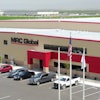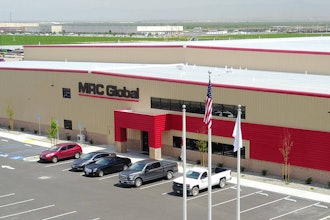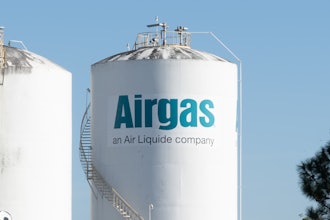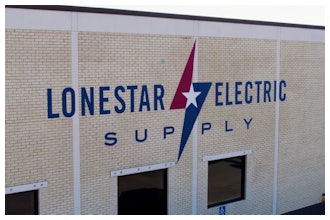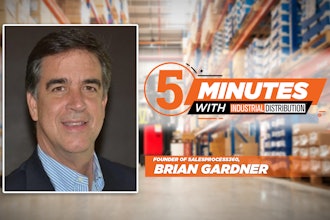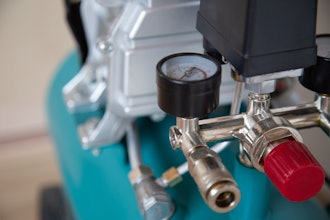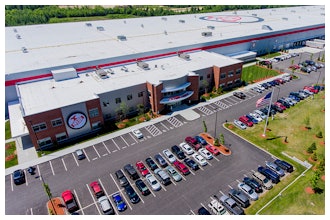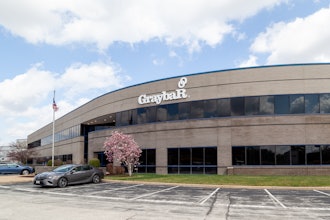WASHINGTON (AP) — U.S. productivity in the spring fell by the largest amount in nearly four years while labor costs rose, signals that companies may have reached the limits of squeezing more work out of fewer workers.
Productivity dropped at an annual rate of 1.8 percent in the April-to-June quarter, double the 0.9 percent decline originally reported a month ago, the Labor Department said Thursday. Unit labor costs rose 1.1 percent, the biggest rise in labor costs since late 2008.
While lower productivity and higher labor costs could spell trouble for corporate profits, it could translate into more hiring and larger incomes for U.S. workers.
A month ago, the government's initial estimate was that productivity, the amount of output per hour of work, fell by 0.9 percent in the second quarter while labor costs rose edged up by 0.2 percent.
However, last week the government trimmed its initial estimate of overall economic growth showing that the gross domestic product rose at an annual rate of just 1.6 percent in the second quarter, lower than the original 2.5 percent GDP estimate.
The revision of GDP, the economy's total output of goods and services, resulted in the downward revisions for productivity and higher unit labor costs.
The drop in productivity was the first decline since the final quarter of 2008 and the biggest drop since productivity fell 1.9 percent in the third quarter of 2006.
While falling productivity would normally be viewed as a troubling sign for the economy, economists believe a short-term drop could provide a boost for the recovery. The belief is that that companies need to start hiring more workers because they can no longer squeeze additional output from their existing work force.
Companies cut their payrolls during the recession and relied on fewer workers, which helped bolster their profits but sent unemployment soaring. For all of 2009, productivity shot up 3.5 percent, the best performance in six years.
Over the two years of the recession, 8.4 million jobs were lost with unemployment hitting a high of 10.1 percent last fall. It has come down only slightly since then, standing at 9.5 percent in July.
If companies start rehiring laid off workers, that would boost incomes and give households the support they need to increase consumer spending, which accounts for 70 percent of economic activity.
Slower productivity and a rise unit labor costs will not raise worries about inflation because currently inflation pressures are nonexistent.
In fact, some analysts believe the bigger threat at the moment is the possibility of deflation, a destabilizing bout of falling prices and wages.
The 1.1 percent rise in unit labor costs followed four straight quarterly declines including a 4.6 percent plunge in the first three months of this year. The increase was the largest since labor costs were rising at a 1.2 percent rate in the final three months of 2008.

